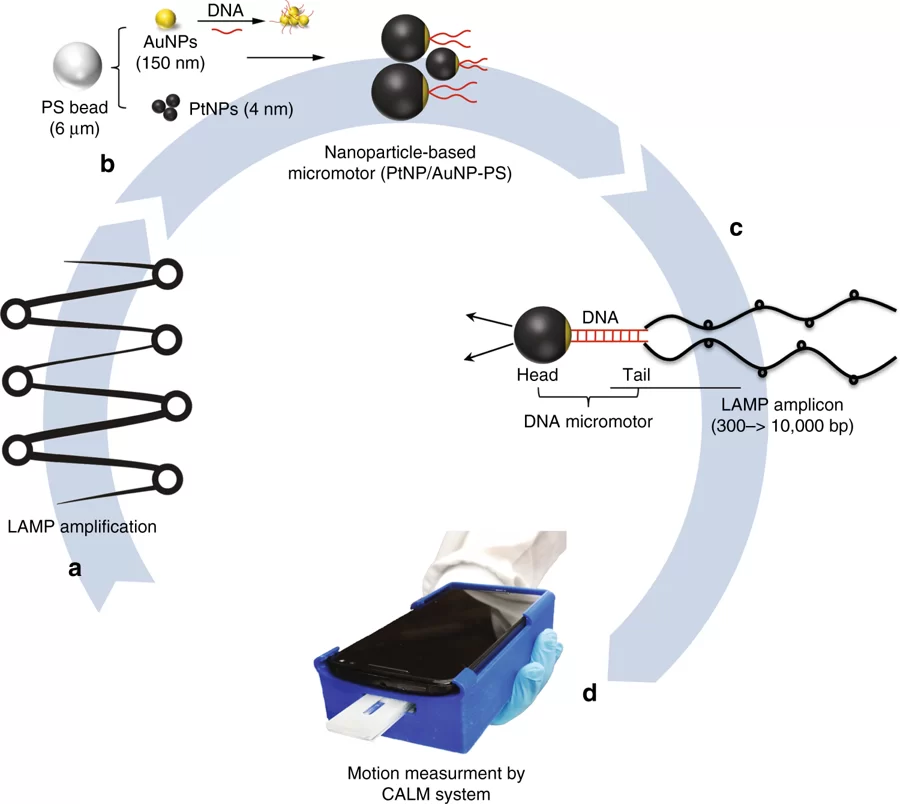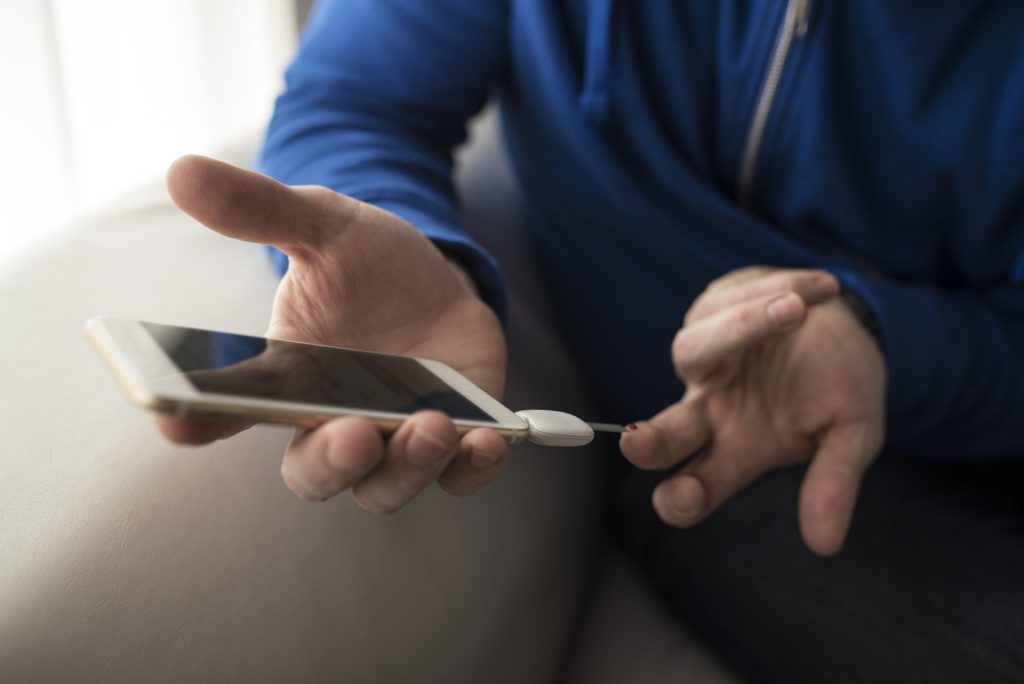A team of researchers in the United Kingdom has developed a mobile diagnostic tool that could help save lives in the developing world by quickly and economically detecting and monitoring the HIV virus.
According to UNAIDS, 36.9 million people around the world were living with HIV in 2017, and only 75 per cent knew the status of their disease.
Detection and long-term monitoring is critical to stopping HIV from progressing and spreading, and existing methods are expensive and require access to medical facilities. This can put them out of reach for people in resource-limited or remote communities.
Dr Hadi Shafiee from the division of engineering in medicine at the Brigham and Women’s Hospital (BWH) has led the design of a cheap and accessible platform that can identify the virus’s RNA in a drop of blood.
It combines a smartphone, microchip and 3D-printed attachment with nanotechnology to monitor amplified HIV nucleic acids through their interaction with engineered DNA ‘micromotors’.
“This rapid and low-cost cellphone system represents a new method for detecting acute infection, which would reduce the risk of virus transmission and could also be used to detect early treatment failure,” Shafiee explained in a media release.

Micromotors for health
Shafiee and his team published their research in Nature Communications in October. It explains that self-propelling nanoparticles, or micromotors, have unique properties that can be applied to disease diagnosis and treatment.
The researchers built DNA-modified catalytic micromotors using polystyrene beads that are six micrometers in diameter, and which had been coated with gold and platinum nanoparticles. When the beads were exposed to hydrogen peroxide, the precious metal coating reacted and set them in motion.
They then mixed the micromotors with a sample, and performed a loop-mediated isothermal amplification (LAMP) reaction. If HIV RNA was present, it formed a long ‘tail’ on the micromotors, slowing them down. The smartphone was used to measure changes in speed to detect how much HIV nucleic acid was present in the sample.
The results were impressive, with laboratory testing of the device yielding a 99.1 per cent specificity and 94.6 per cent sensitivity with a clinically relevant threshold value of 1000 HIV particles per millilitre.
According to the researchers, the device delivered results in an hour, and the whole setup cost under $5.
“Health workers in developing countries could easily use these devices when they travel to perform HIV testing and monitoring. Because the test is so quick, critical decisions about the next medical step could be made right there,” said Shafiee.
The researchers have also suggested that their tech has potential to be used to detect other viruses and bacteria.
Other innovative solutions developed by BMH biomedical engineers include edible sensors to check for gastrointestinal problems, and a method to wirelessly power and communicate with implantable devices such as pacemakers.
